Functions of Car Air Conditioning Buttons That You May Not Know!
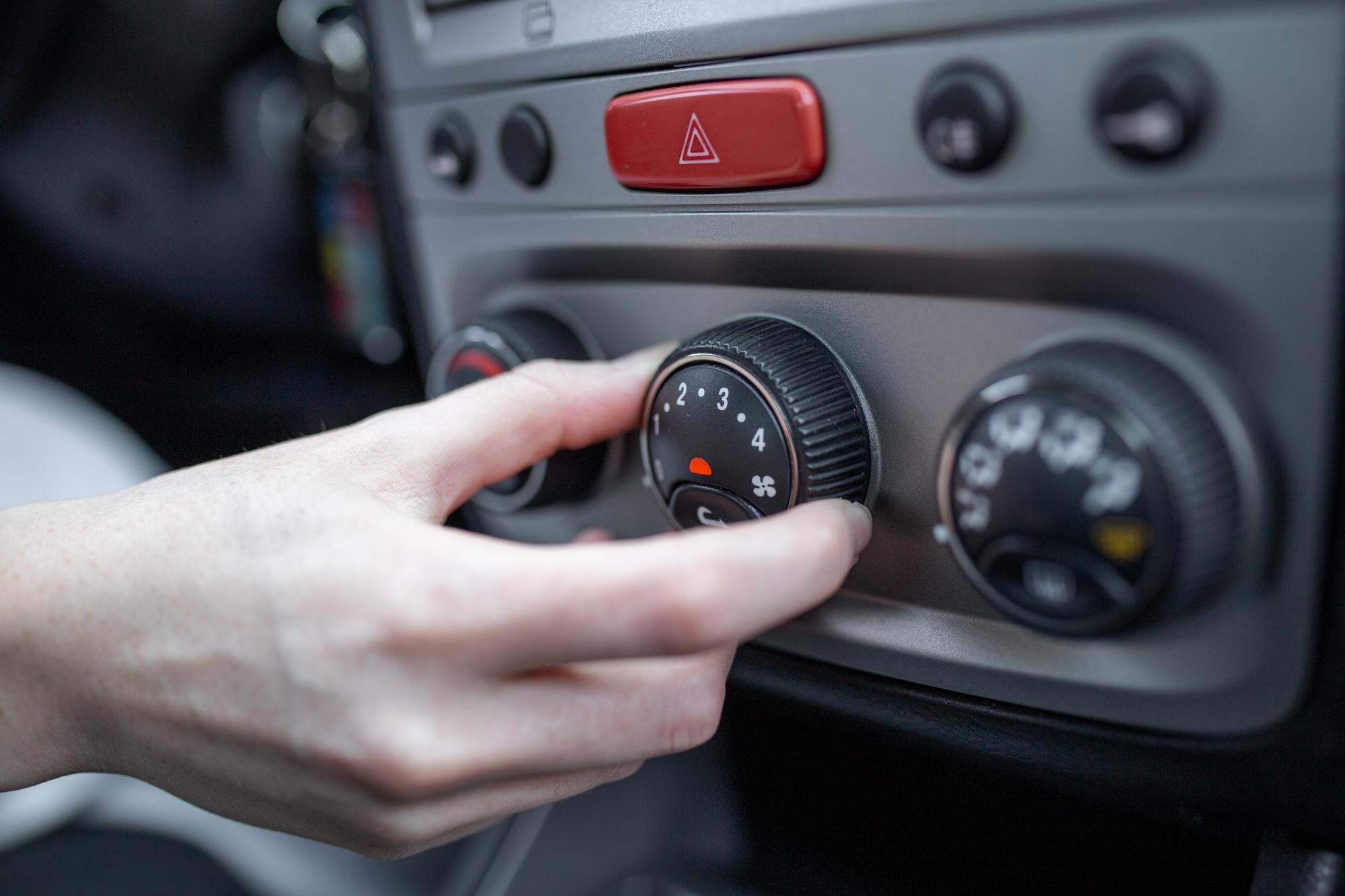
(Photo Credit: freepik)
Car air conditioning systems may seem simple, but using them correctly enhances their efficiency, keeps the cabin temperature ideal, and extends the lifespan of the system.
Both manual and automatic air conditioning systems generally share the following basic functions:
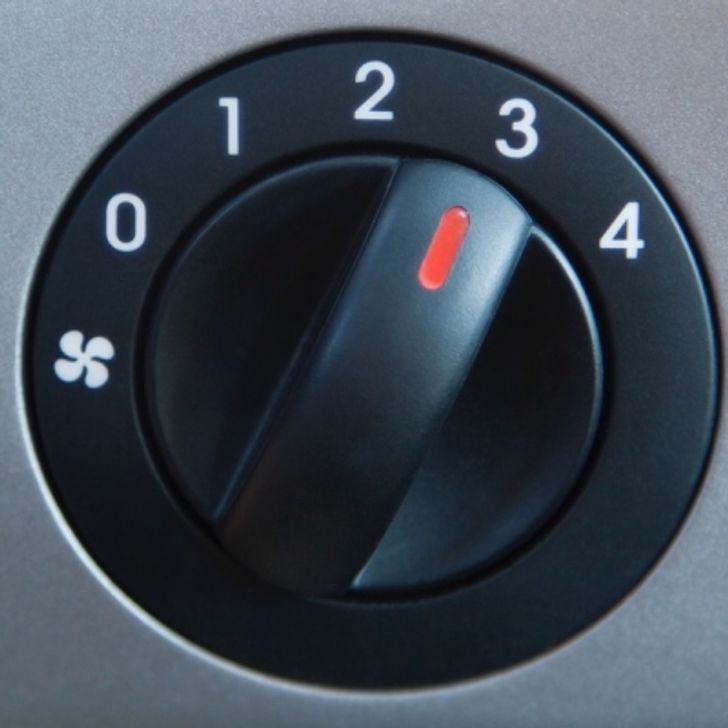
1. Fan Speed Control Switch
This switch adjusts the fan speed and often includes the OFF position. Turning the fan to the highest speed immediately after entering the car helps circulate cool air quickly, lowering the cabin temperature more efficiently. In AUTO mode, the system adjusts the fan speed automatically based on the cabin temperature, and users cannot manually control the fan.
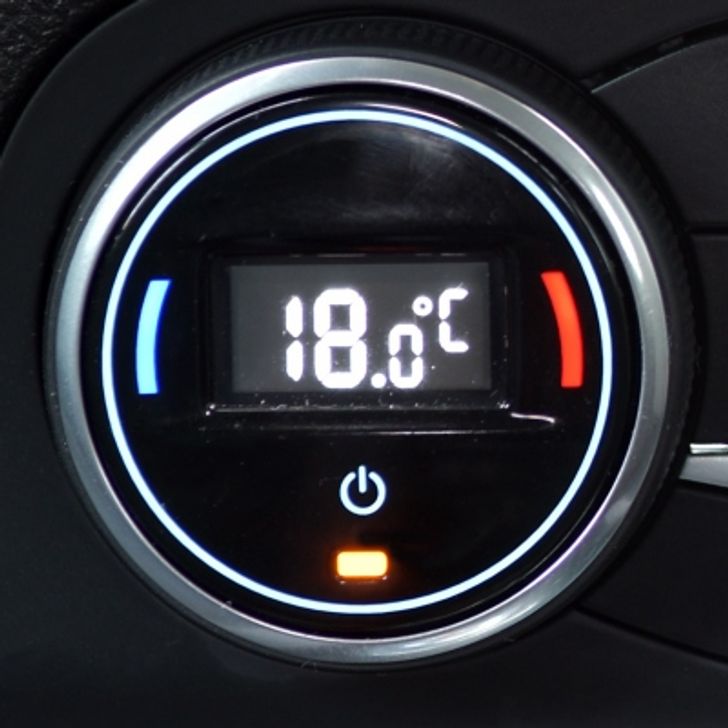
2. Temperature Adjustment Button
This button may display temperature as numbers or a blue-red scale. It’s important not to set the temperature too low, as it can cause discomfort and make the compressor overwork, increasing fuel consumption. In older cars, excessively low settings may lead to frozen evaporator coils, blocking air circulation.
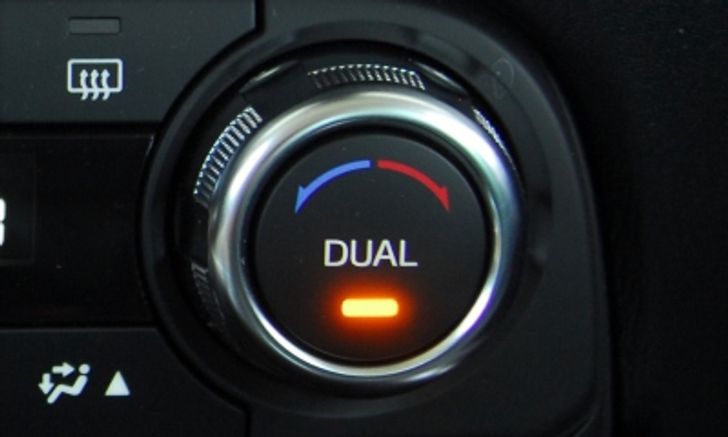
3. DUAL Button
For cars with dual-zone climate control, this button adjusts the passenger-side temperature to match the driver’s side. If needed, the passenger-side temperature can be adjusted independently.
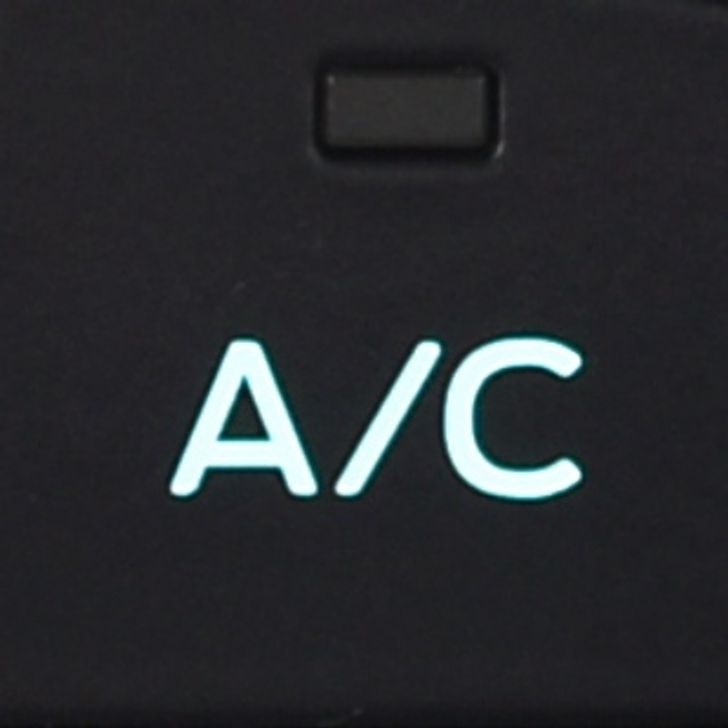
4. A/C Button
This button controls the air conditioner compressor. The indicator light should remain on for the AC to function. Turning it off stops the compressor and leaves only the fan running, which is useful for reducing odors or removing moisture from the air ducts.
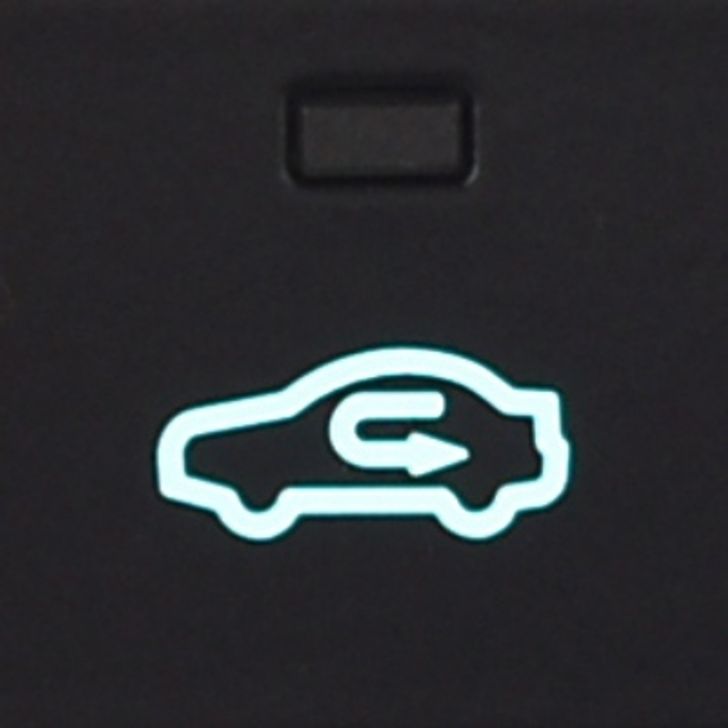
5. Air Circulation Button
This button manages airflow by either blocking or allowing outside air into the cabin. Typically, it is best to set it to recirculate air inside the cabin to reduce outside pollutants. However, during long drives or in fresh-air environments, allowing outside air in can increase oxygen levels, reducing drowsiness.

6. Airflow Direction Button
This button directs cool air to the body, feet, or both. It can also direct airflow to the windshield to remove fog, which requires drawing in outside air to balance interior and exterior temperatures for quicker defogging.
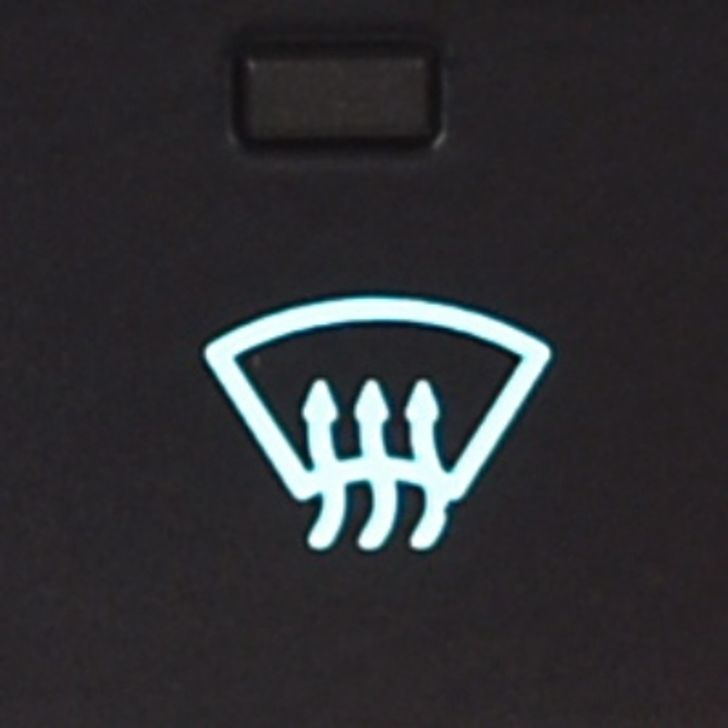
7. Front Defogger Button
This button directs maximum airflow to the windshield and automatically draws in outside air to remove fog quickly. Once the fog clears, the button should be turned off to return to regular cooling.
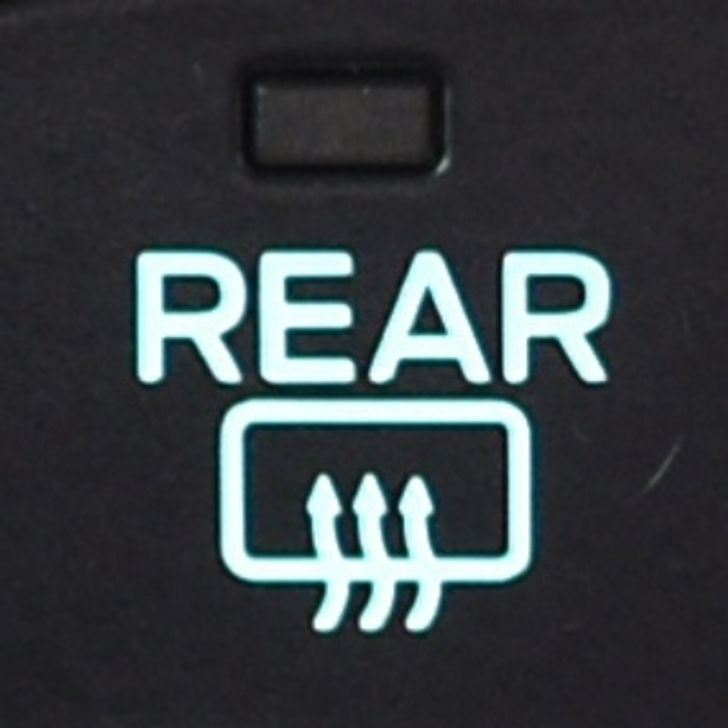
8. Rear Defogger Button
This uses heating elements embedded in the rear windshield to clear fog. After the fog dissipates, the system should be turned off immediately to prevent excessive heat buildup, which could risk damaging the glass.
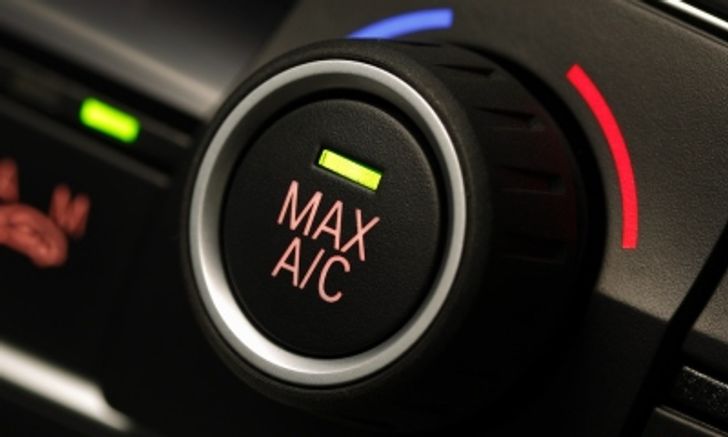
9. MAX A/C Button
This button automatically sets the lowest temperature and highest fan speed to cool the cabin as quickly as possible.
Using these buttons correctly will maximize the efficiency of the air conditioning system and prolong the life of its system!
Claim your free car valuation today!
Read More: Are Counterfeit Engine Oils Real? Here is How to Spot Them!
Looking for a car appraisal? You can contact us for a free car valuation within 24 hours…
